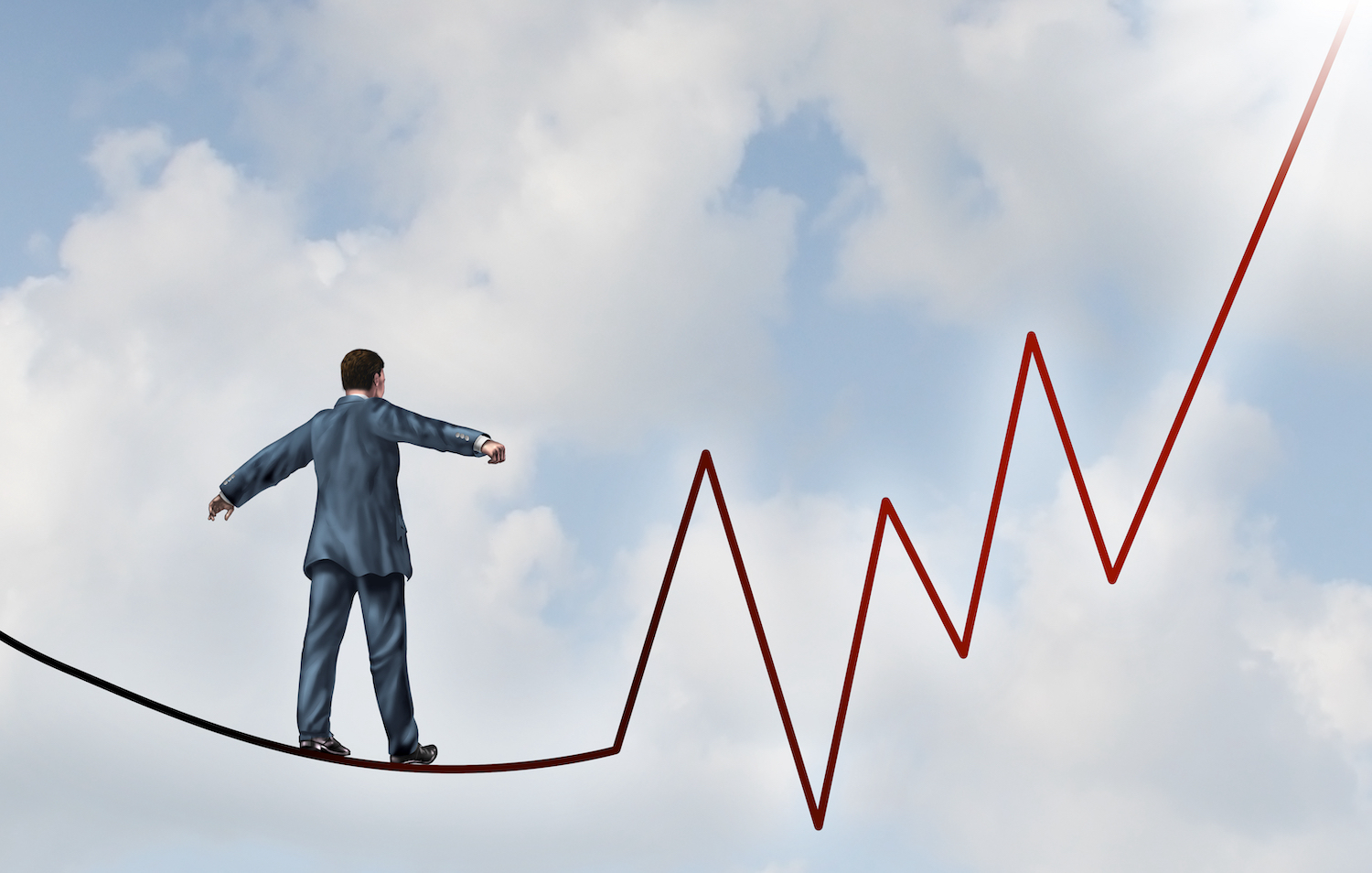Editor’s note: This post is part of ImpactAlpha’s series, “Seeding Impact,” authored by participants in the Catalytic Capital Consortium (C3) Seeding Learning Labs. Key insights have been published in a C3 Guidance Note (for more, see the executive summary and full report). C3 sponsors ImpactAlpha’s catalytic capital coverage.
Is catalytic capital now a ‘badge of honor‘ as ImpactAlpha asserted at the end of last year?
Increasingly, the answer appears to be yes – at least for a growing community of foundations, family offices and others that are using this important form of impact investing to drive innovation, inclusion, and positive change around the world. As part of the Catalytic Capital Consortium (C3), my colleagues and I are excited to see that the term itself – catalytic capital – is on the rise. Even more exciting, we see an increasing number of investment vehicles and advisory offerings that promise to mobilize billions of dollars with an explicit, catalytic approach.
Today’s growing appreciation of catalytic capital reflects investors’ awareness of capital gaps, market failures and need for flexibility and risk-taking to fuel the success of impact-focused innovations, enterprises, and funds. Catalytic capital is investment that takes an impact-first approach, bridging gaps and unlocking both impact and investment that would not otherwise be possible, whether accelerating new, clean energy technology, scaling up diverse-led investment managers, or lending to small and growing businesses in emerging markets.
Learning labs
With more investors looking to build or deepen their catalytic capital practice, the need for a global community to share, learn and collaborate has never been greater. Indeed, building this community of catalytic capital practice is essential if we want to harness the full potential and power of this essential form of investing.
This is why the Catalytic Capital Consortium (C3) and its three strategic partners – the John D. and Catherine T. MacArthur Foundation, the Omidyar Network and The Rockefeller Foundation – are supporting a series of in-depth Learning Labs. The Labs are ably organized and facilitated by Laurie Spengler and other colleagues at Courageous Capital Advisors, as well as partners at FSG, and Emily Duma, C3 Grantmaking Program Officer at New Venture Fund. An incredible mix of experienced catalytic capital investors has been generously making time to participate, including leaders from foundations, family offices, and development financial institutions working around the globe – all contributing their unique and sometimes divergent perspectives to inform this work.
The Learning Lab team is creating new C3 Guidance Notes that synthesize the rich array of insights, experience, and advice that is being shared. The first installment of the three-part guide is now available, with both an executive summary and the full report, Advancing Practice in Catalytic Capital Guidance Note 1—The Seeding Role.
In addition, over the coming weeks, my fellow Learning Lab participants will be sharing their insights on catalytic capital via a blog series that will be released here on ImpactAlpha. Guest authors will include Margot Kane of Spring Point Partners, Rebekah Saul Butler of The Grove Foundation, Dia Martin of the U.S. International Development Finance Corporation, Najada Kumbuli of Visa Foundation and Yasemin Lamy and Prerna Choudhury of British International Investment.
Insights and expertise
So, what are some examples of the rich topics and insights that our Learning Lab colleagues share in the new C3 guide and blog series? For starters, some of these seasoned investors outlined how to set parameters for risk and asset allocation and delineate catalytic capital from mainstream impact investing portfolios. Some explore the kinds of collaborations that can help make catalytic capital deals more efficient, or how to incorporate a true justice/equity lens across all investment activity. They also share strategies to address the unique risks and needs of early-stage funds and managers.
The C3 Learning Labs will continue through the rest of 2022, with subsequent reports to come. In all of these discussions, we recognize that there are no absolutes, no silver bullet approaches or solutions, and no clear cut, accepted wisdom. There are, however, decades of experience that have generated meaningful successes, as well as deals that took an unexpected or unfortunate turn. In short, there is abundant expertise, insight, and advice from which other investors, new and old, can learn.
As a next chapter in the COVID-19 pandemic begins and so many other crises and challenges continue to rage, from climate change to war to racial injustice, we see more clearly than ever that our world needs a full spectrum of investment and capital that aims for impact. By accelerating the flow of catalytic capital, and thereby fueling other forms of impact investing too, we can help build a more just, equitable, and resilient world.
Debra Schwartz is managing director of impact investments at the John D. and Catherine T. MacArthur Foundation.
MacArthur, along with Omidyar Network and The Rockefeller Foundation, launched C3 in 2019 as an investment, learning, and market development initiative to increase the flow and impact of catalytic capital.









